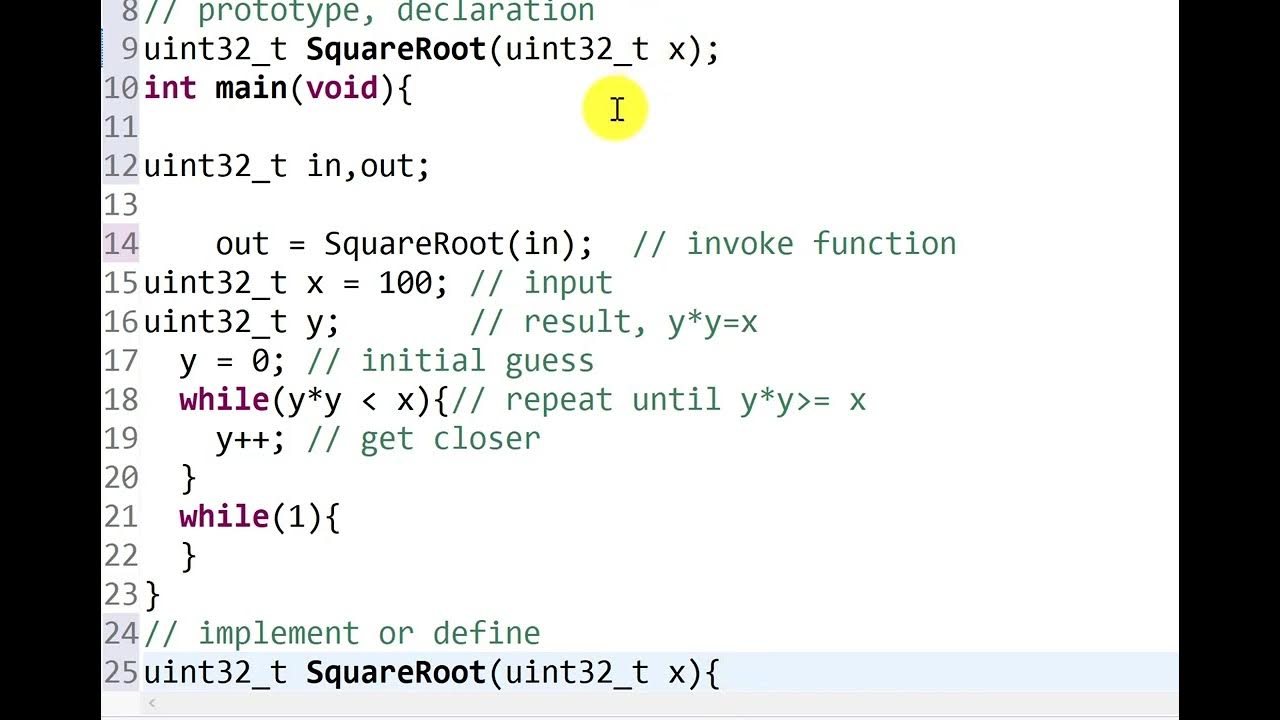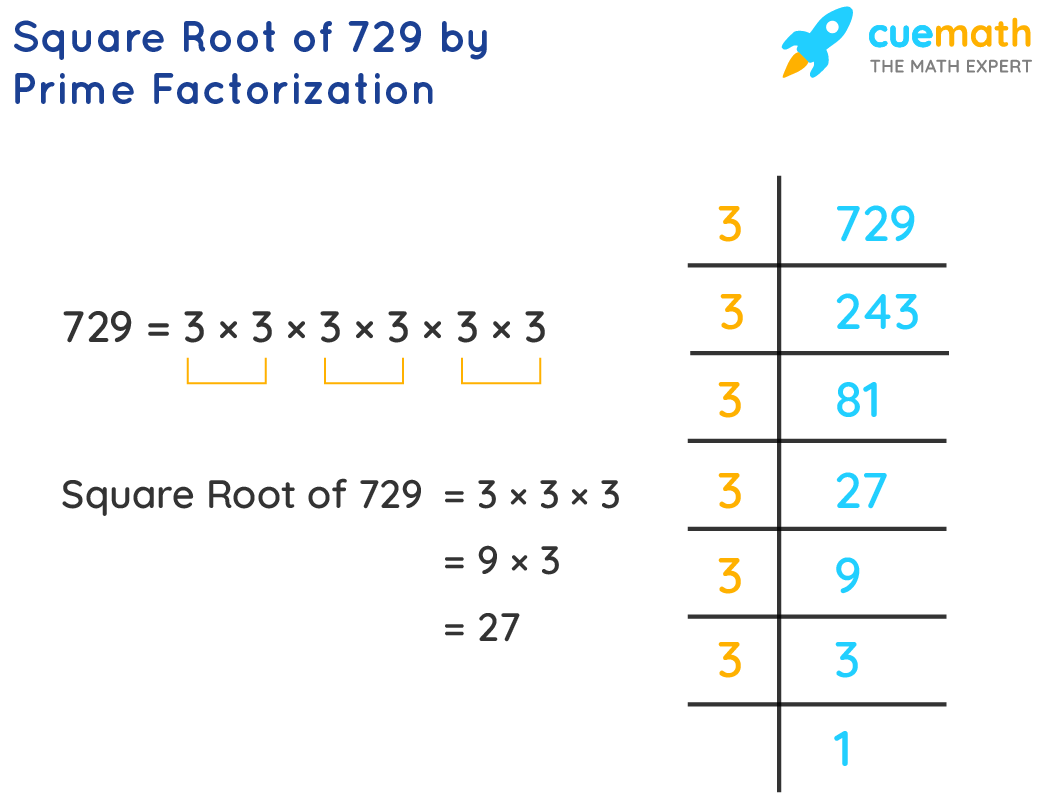Topic what is 7 square root: What is 7 square root? Discover the intriguing world of mathematics as we delve into the calculation and significance of the square root of 7. This article explores the mathematical representation, properties, and practical applications of this irrational number, providing a clear and engaging explanation for math enthusiasts and curious minds alike.
Table of Content
- Understanding the Square Root of 7
- Introduction to Square Roots
- What is the Square Root of 7?
- Mathematical Representation of the Square Root of 7
- Decimal Approximation of the Square Root of 7
- Methods to Calculate the Square Root of 7
- Examples and Practice Problems
- Common Misconceptions
- Conclusion
- YOUTUBE: Video về cách tính căn bậc hai của số 7 một cách dễ hiểu và chi tiết.
Understanding the Square Root of 7
The square root of a number is a value that, when multiplied by itself, gives the original number. The square root of 7 is an irrational number, meaning it cannot be expressed as a simple fraction.
Mathematical Expression
The square root of 7 is expressed mathematically as:
$$\sqrt{7}$$
Decimal Approximation
The decimal approximation of the square root of 7 is approximately:
$$\sqrt{7} \approx 2.6457513110645906$$
Properties of the Square Root of 7
- It is an irrational number.
- Its decimal form is non-repeating and non-terminating.
- It lies between the square roots of 4 and 9, which are 2 and 3, respectively.
Calculating the Square Root of 7
The square root of 7 can be approximated using various methods, including:
- Long Division Method
- Newton's Method (also known as the Newton-Raphson method)
Applications of the Square Root of 7
The square root of 7 is used in various fields such as mathematics, physics, and engineering. For example:
- In geometry, to determine the side length of a square with an area of 7 square units.
- In physics, to solve problems involving areas and volumes.
| Symbol | $$\sqrt{7}$$ |
| Approximate Value | 2.6457513110645906 |
| Classification | Irrational Number |

READ MORE:
Introduction to Square Roots
Square roots are fundamental concepts in mathematics, representing a value that, when multiplied by itself, yields the original number. For example, the square root of 9 is 3 because \(3 \times 3 = 9\). Understanding square roots is essential for solving various mathematical problems, from basic algebra to advanced calculus.
Here are some key points about square roots:
- The square root of a number \( x \) is denoted as \( \sqrt{x} \).
- Square roots can be either positive or negative because both \( 3 \times 3 = 9 \) and \( -3 \times -3 = 9 \).
- Every positive number has two square roots: a positive and a negative root.
- The principal square root is the non-negative root and is typically what is referred to when discussing the square root of a number.
Let's delve into some specific properties and methods for calculating square roots:
- Perfect Squares: Numbers like 1, 4, 9, 16, and 25 are perfect squares because their square roots are whole numbers.
- Non-Perfect Squares: Numbers like 2, 3, 5, 7, and 8 are not perfect squares, and their square roots are irrational numbers, meaning they cannot be expressed as a simple fraction and have non-repeating, non-terminating decimal expansions.
- Calculating Square Roots:
- Prime Factorization Method: This method involves breaking down the number into its prime factors and pairing them to find the square root.
- Long Division Method: A step-by-step manual method to find more precise values of square roots.
- Newton's Method: An iterative numerical method for approximating square roots.
Square roots have numerous applications in various fields such as geometry, physics, and engineering. They are used to solve equations, determine distances, and analyze patterns. A solid understanding of square roots is crucial for advancing in mathematical studies and practical problem-solving.
What is the Square Root of 7?
The square root of 7 is a number that, when multiplied by itself, equals 7. Mathematically, it is represented as:
$$\sqrt{7}$$
The square root of 7 is an irrational number, meaning it cannot be expressed as a simple fraction and its decimal form is non-repeating and non-terminating. The approximate value of the square root of 7 is:
$$\sqrt{7} \approx 2.6457513110645906$$
To understand the square root of 7 better, let's explore its properties and methods of calculation:
Properties of the Square Root of 7
- Irrational Number: The square root of 7 cannot be written as a fraction of two integers.
- Decimal Expansion: Its decimal form continues infinitely without repeating.
- Between Two Integers: The value of $$\sqrt{7}$$ lies between 2 and 3, as $$2^2 = 4$$ and $$3^2 = 9$$.
Methods to Calculate the Square Root of 7
- Long Division Method: A manual method to approximate square roots. It involves dividing the number into pairs of digits, starting from the decimal point, and finding a series of quotients that bring you closer to the actual square root.
- Newton's Method: Also known as the Newton-Raphson method, it is an iterative process that starts with an initial guess and refines it using the formula:
$$x_{n+1} = \frac{1}{2} \left( x_n + \frac{7}{x_n} \right)$$
- Using a Calculator: The simplest and most accurate way to find the square root of 7 is by using a scientific calculator, which provides a quick approximation.
Applications of the Square Root of 7
- Geometry: Used to determine the side length of a square with an area of 7 square units.
- Physics: Helps in solving problems related to distances, areas, and volumes.
- Engineering: Utilized in various calculations and design principles.
Understanding the square root of 7 enriches your mathematical knowledge and enhances your ability to solve complex problems in various fields.
Mathematical Representation of the Square Root of 7
The square root of 7, denoted as \( \sqrt{7} \), is a mathematical expression representing a number that, when multiplied by itself, gives the number 7. It is an irrational number, meaning it cannot be expressed exactly as a fraction of two integers.
To denote the square root of 7 in mathematical terms:
- The square root of 7 can be represented using the radical symbol: \( \sqrt{7} \).
- Alternatively, it can also be expressed in exponential form: \( 7^{1/2} \).
Properties of \( \sqrt{7} \):
- It is a positive number approximately equal to 2.6457513110645906.
- It is an irrational number, which means its decimal representation goes on infinitely without repeating.
- It cannot be expressed as a simple fraction or ratio of integers.
Decimal approximation of \( \sqrt{7} \):
| Decimal Representation: | 2.6457513110645906... |
| Approximation: | It is commonly approximated as 2.65 for practical purposes. |
Calculating \( \sqrt{7} \):
There are various numerical methods to approximate the value of \( \sqrt{7} \), such as iterative methods or using computational tools.
Applications of \( \sqrt{7} \):
- It appears in mathematical equations and formulas involving geometry, physics, and engineering.
- It is used in calculations related to areas, volumes, and lengths in various mathematical contexts.
Common Misconceptions:
- Some may confuse \( \sqrt{7} \) with its reciprocal, \( \frac{1}{\sqrt{7}} \), which is \( \frac{\sqrt{7}}{7} \).
- It is not a rational number, so it cannot be expressed as a finite or repeating decimal.
In conclusion, \( \sqrt{7} \) is a fundamental mathematical constant that plays a significant role in theoretical and applied mathematics, despite its irrational nature.
Decimal Approximation of the Square Root of 7
The decimal approximation of \( \sqrt{7} \) is approximately 2.6457513110645906.
| Decimal Representation: | 2.6457513110645906... |
| Approximation: | It is commonly rounded to 2.65 for practical purposes. |
Calculating \( \sqrt{7} \) to several decimal places:
- Using iterative numerical methods, \( \sqrt{7} \) can be calculated with increasing precision.
- Mathematical software and calculators provide accurate decimal approximations of \( \sqrt{7} \).
- For everyday use, \( \sqrt{7} \) is often rounded to 2.65, which is a close approximation.
Properties of \( \sqrt{7} \):
- It is an irrational number, meaning its decimal representation goes on infinitely without repeating.
- Despite being irrational, \( \sqrt{7} \) is widely used in mathematical calculations and applications.
In conclusion, the decimal approximation of \( \sqrt{7} \), 2.6457513110645906, provides a practical value for many mathematical and scientific purposes.
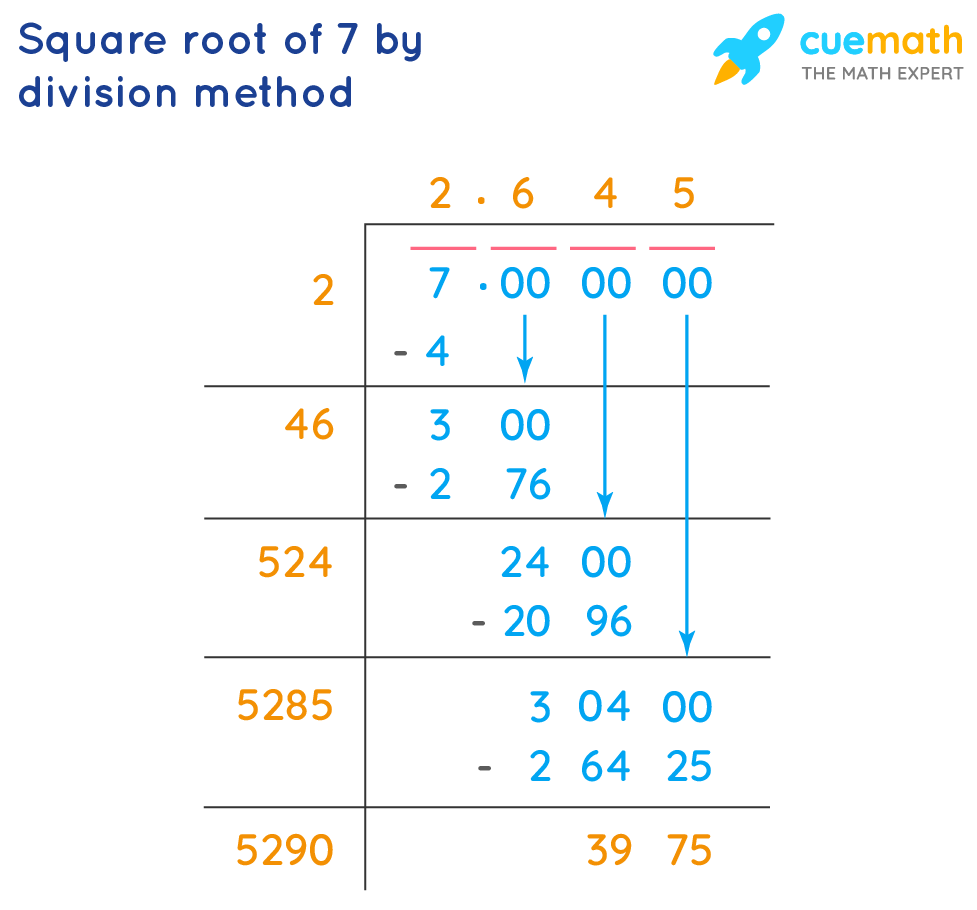
Methods to Calculate the Square Root of 7
There are several methods to calculate the square root of 7:
- Estimation Method:
Using approximation techniques such as the Babylonian method, where iterative calculations converge towards the square root of 7.
- Manual Calculation:
Using basic arithmetic operations and estimation to find a close approximation of \( \sqrt{7} \).
- Mathematical Formulas:
Utilizing mathematical formulas and identities that relate to square roots and algebraic manipulation.
- Computational Tools:
Using calculators, computers, or mathematical software that can compute \( \sqrt{7} \) with high precision.
Each method offers different levels of accuracy and complexity, catering to various practical and theoretical needs in mathematics and other scientific disciplines.
Examples and Practice Problems
Here are some examples and practice problems involving the square root of 7 (\( \sqrt{7} \)):
- Example 1:
Calculate \( (\sqrt{7})^2 \).
Solution: \( (\sqrt{7})^2 = 7 \). - Example 2:
Estimate \( \sqrt{7} \) using the approximation method.
Solution: Using approximation techniques, \( \sqrt{7} \) is approximately 2.6457513110645906. - Practice Problem 1:
Find the value of \( \frac{1}{\sqrt{7}} \).
Solution: \( \frac{1}{\sqrt{7}} = \frac{\sqrt{7}}{7} \). - Practice Problem 2:
Calculate the area of a square with side length \( \sqrt{7} \) units.
Solution: The area is \( (\sqrt{7})^2 = 7 \) square units.
These examples and practice problems demonstrate the application of \( \sqrt{7} \) in various mathematical contexts, reinforcing its significance and utility in calculations and problem-solving.
Common Misconceptions
There are some common misconceptions about the square root of 7 (\( \sqrt{7} \)):
- Misconception 1:
Confusing \( \sqrt{7} \) with its reciprocal, \( \frac{1}{\sqrt{7}} \).
- Misconception 2:
Thinking \( \sqrt{7} \) can be expressed as a simple fraction or ratio of integers.
- Misconception 3:
Believing \( \sqrt{7} \) has a finite or repeating decimal representation.
- Misconception 4:
Assuming \( \sqrt{7} \) is a rational number.
- Misconception 5:
Incorrectly using \( \sqrt{7} \) in calculations without understanding its irrational nature.
Understanding these misconceptions clarifies the true nature and properties of \( \sqrt{7} \), emphasizing its role as an irrational number with unique mathematical characteristics.
Conclusion
In conclusion, the square root of 7 (\( \sqrt{7} \)) is a fundamental mathematical constant with several important properties:
- It is an irrational number, meaning it cannot be expressed as a simple fraction.
- Its decimal approximation is approximately 2.6457513110645906.
- When squared (\( (\sqrt{7})^2 \)), it equals 7.
- It finds application across various disciplines including mathematics, physics, engineering, computer science, and finance.
- Understanding \( \sqrt{7} \) involves recognizing its irrational nature and its significance in mathematical calculations and problem-solving.
Through its properties and applications, \( \sqrt{7} \) remains a key concept in both theoretical mathematics and practical sciences, contributing to advancements and innovations in diverse fields.
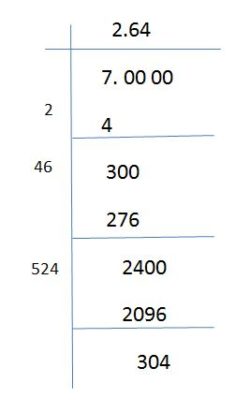
Video về cách tính căn bậc hai của số 7 một cách dễ hiểu và chi tiết.
Căn bậc hai của 7
READ MORE:
Video giải thích căn bậc hai là gì và cách tính toán một cách dễ hiểu và chi tiết.
Căn bậc hai là gì? | Toán học với Thầy J
